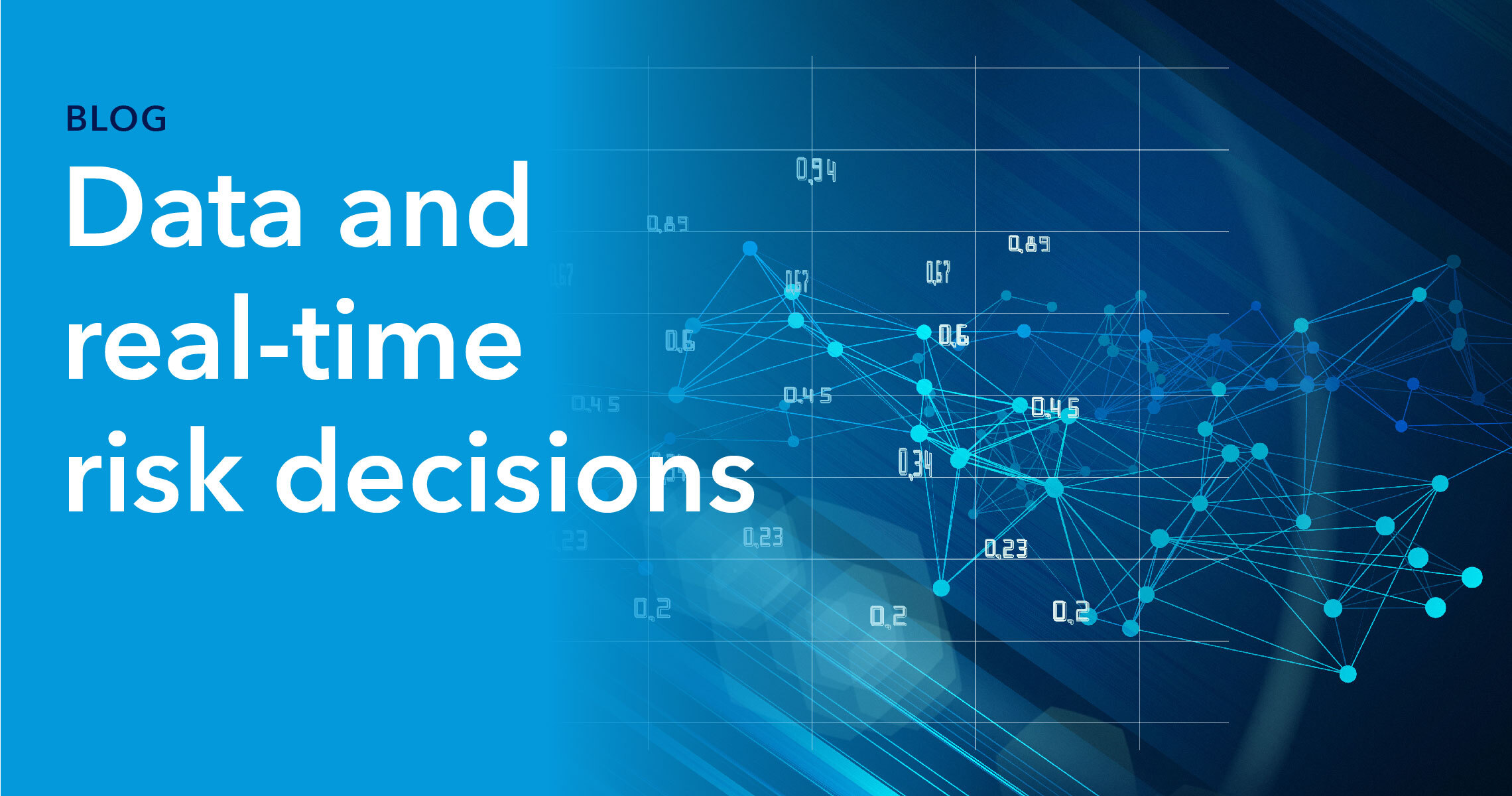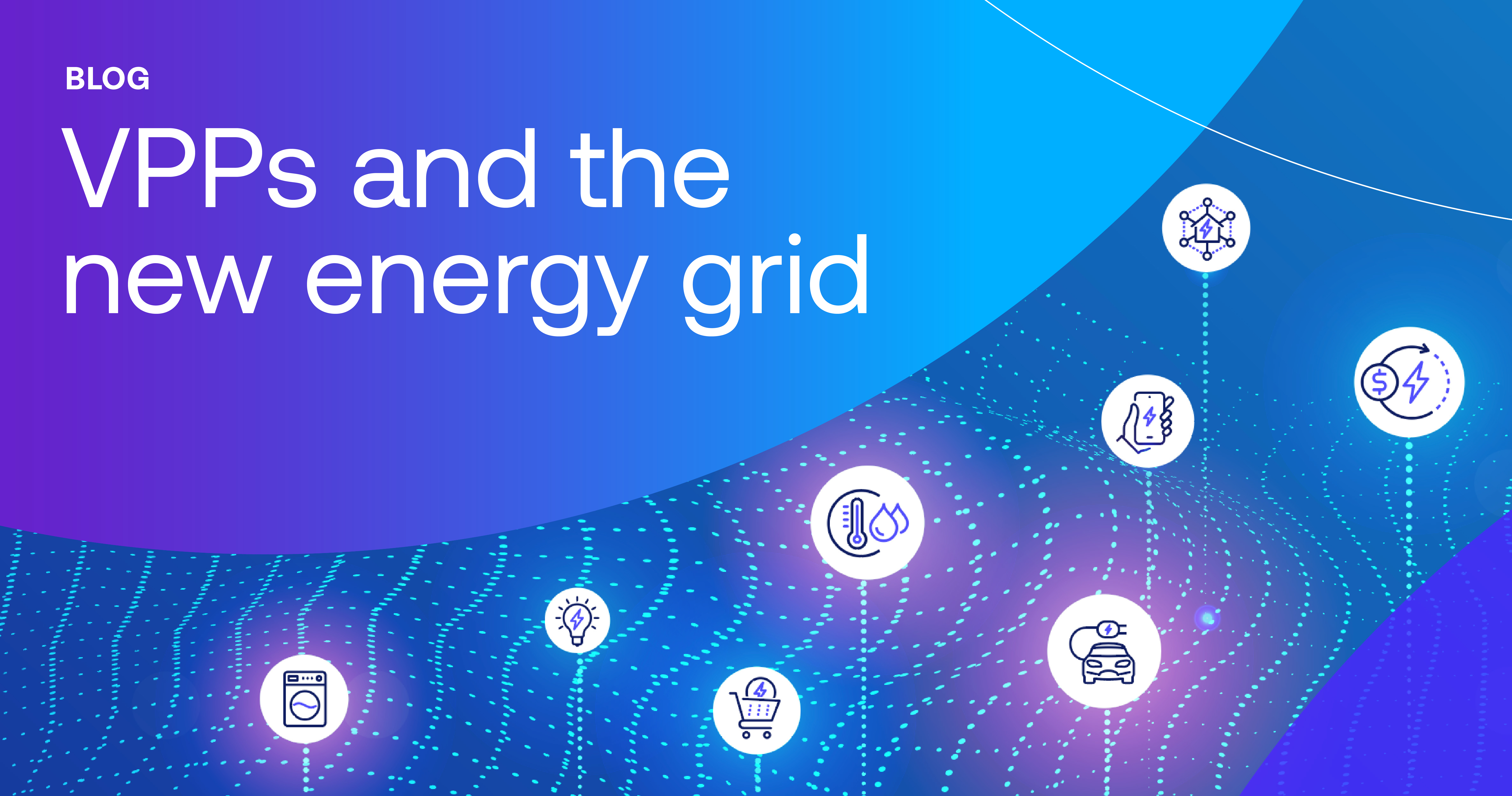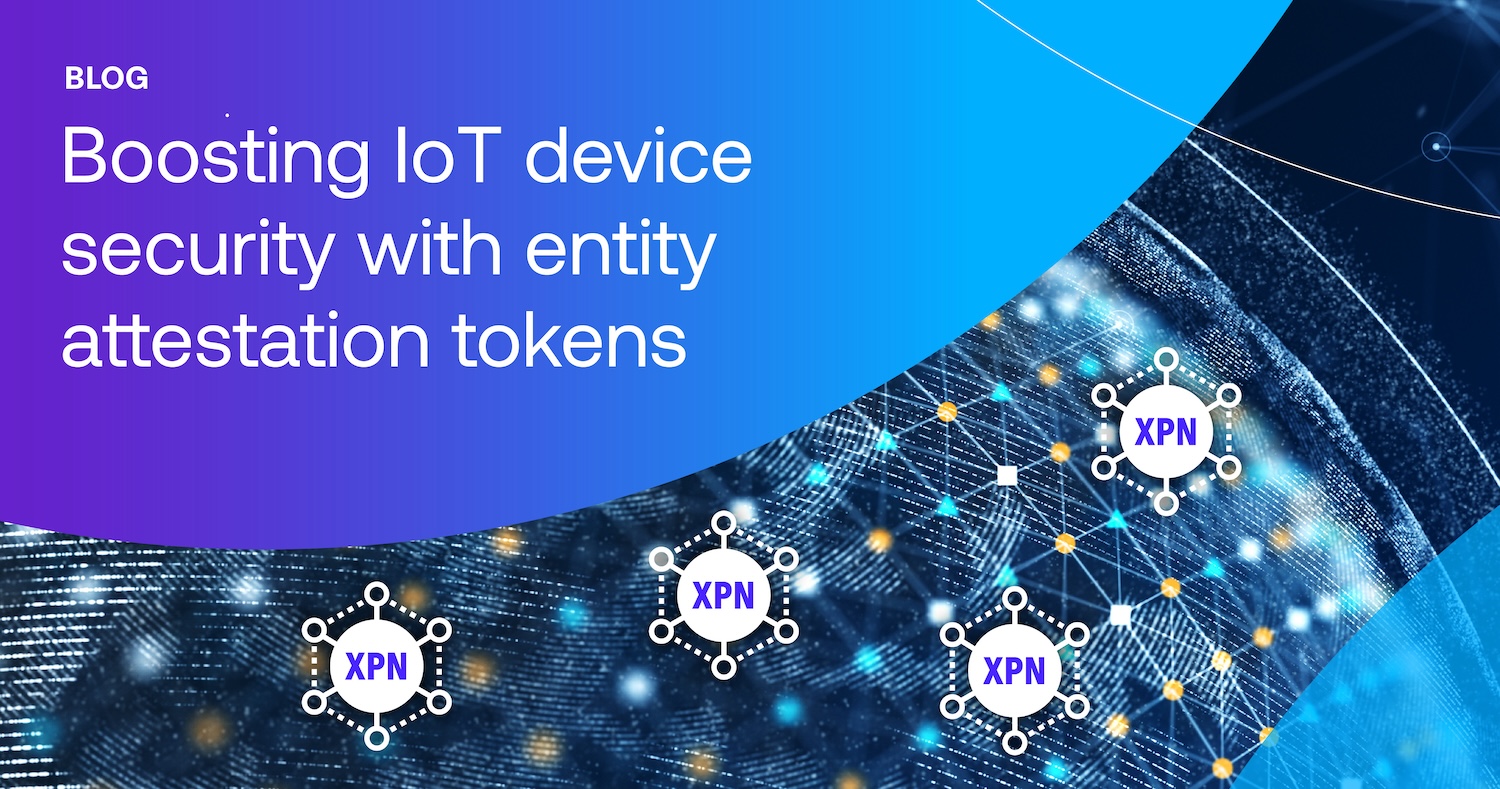- Risk management is essential to any business, from financial institutions to shipping companies and everything in between.
- One of the best risk management practices is the timely use of clean, targeted data.
- Organizations face several obstacles when it comes to maximizing their data’s value – particularly challenges with data storage, formats, access, and compliance.
- Data virtualization improves organizational risk management through better real-time risk analytics and decision-making.
How real-time risk decisions are informed by data
Risk management is essential to any business. Depending on the industry and the organization’s processes, decision-makers must take several factors into account. In most cases, data plays a significant role in how to assess and respond to risk. When used effectively, real-time risk analytics can optimize reactions, prevention, and contingencies, and deliver substantial business value.
Some common real-time risk analytics use cases include the following:
- Financial institutions can make more accurate loss projections and improve capital management.
- Renewable energy utilities and insurers can validate and settle lost production insurance claims.
- City planners can assess traffic patterns to improve emergency service response times.
- Shipping companies can utilize weather data to make real-time risk decisions.
With so many potential collection points, data can greatly improve the ability to make effective real-time risk decisions that can impact a business and generate value. To do this effectively, organizations need to channel clean, targeted data into the risk function in a time-sensitive manner. Poor data delivered quickly or good data delivered slowly represent an opportunity cost to businesses and companies need to address such limitations in order to maximize their data’s value. There is also a danger of poorly cataloged data being hoarded without clear objectives and protocols, leading to the creation of large data swamps that have significant costs in terms of storage and the time data functions need to locate and clean data for analysis.
The difficulties in maximizing value of real-time risk analytics
There are several challenges that prevent businesses from maximizing the value of their data, especially in terms of making real-time risk decisions. These issues slow down the real-time risk analytics process and take up valuable data operations resources. The most pressing include:
- Data storage: Where data is stored has a big impact on how a company can utilize it. On-premises or cloud-based data storage create their own obstacles in terms of how quickly data can be cleaned, analyzed, and accessed by those who need it.
- Data formats: While moving between different collection points, data is stored in various formats and tables, making cross-referencing and amalgamation slower and more complex.
- Data access: It is not necessary, wise, or even legal to allow open access to all your data, even internally. It multiplies the chances of data breaches and can cause information overload for other functions.
- Data compliance: Strict data protection regulations, such as the GDPR in Europe and CCPA in California, necessitate careful observance of data privacy best practices. Apart from an obligation to deploy strict security measures to protect the data from breaches and leakage, there are also requirements to track and implement usage in terms of permissions received from each user.
To address these difficulties, businesses need to deploy data infrastructure for real-time risk analytics that increases insight velocity, is flexible in combining data, is cost-efficient, and creates strong data governance.
Improving data’s impact on real-time risk decisions
The key to solving these problems is better data infrastructure, such as data-warehousing-as-a-service (DWaaS). Unfortunately, DWaaS solutions do not offer significant improvement over on-premises data operations and can introduce other issues, such as time-consuming ETL execution and coarse access controls.
To effectively use data to make real-time risk decisions, organizations need to reduce the risks associated with data usage and increase the value it creates. Effective solutions include data virtualization, which takes a different approach to DWaaS, and provides enhanced speed, security, and governance.
Data virtualization improves real-time organizational decision-making in the following ways:
Data Unification
Data points that inform a single real-time risk decision could be as diverse as the demand for oil in California, atmospheric pressure in the Indian Ocean, and the political situation in Belarus. For this data to filter through effectively to the real-time risk analytics function, they need to be in unified formats and tables. Data virtualization creates an abstraction layer that allows data, regardless of its origin, to be organized dynamically depending on a given situation’s specific needs.
Location
Data virtualization is a platform-agnostic infrastructure that can combine both on-premises and cloud-based storage without ever having to copy or move data anywhere. Instead of having to bring data to a specific location, virtualization works with the data where it is. This increases the speed at which it can be utilized and reduces storage costs.
Collaboration
The problem is that once data leaves your storage, you lose control over what happens to it. Data virtualization overcomes this by performing analytics within containerized secure execution environments. As data copies in the form of files are never made and distributed amongst collaborators, but rather all sharing is done inside these secure execution environments, admins can significantly limit potential data leakage. This way, collaborators can combine datasets without losing ownership.
Governance
Data virtualization reduces and prevents risk. Fine-grained access controls, right down to the row- and column-level, mean data owners can comply with data safety regulations while still allowing different users to get the data they need. Internal access controls can also limit ‘oversharing’ by which employees who do not need to be able to access certain data are still able to, which means hackers only have to compromise one account to gain large-scale data access.
How Intertrust Platform helps inform real-time risk decisions
By improving the speed with which data can be accessed and analyzed, Intertrust Platform makes real-time risk analytics and, subsequently decisions, easier , effectively reducing liability and enhancing margins. It also removes the need for more costly data warehousing solutions, which improves your bottom line.
To learn more about how Intertrust Platform creates strongly governed data analytics environments that will improve your real-time risk decisions even more than DWaaS solutions, read more here or talk to our team.
About Abhishek Prabhakar
Abhishek Prabhakar is a Senior Manager ( Marketing Strategy and Product Planning ) at Intertrust Technologies Corporation, and is primarily involved in the global product marketing and planning function for The Intertrust Platform. He has extensive experience in the field of new age enterprise transformation technologies and is actively involved in market research and strategic partnerships in the field.




